2023 June 24 evening
On June 22, Val George photographed this Drepanulatrix at his Oak Bay house. Drepanulatrix is a difficult genus. Libby Avis and Jeremy Tatum think that it is probably (not 100 percent certain) either D. foeminaria or D. monicaria, but we cannot be more certain than that.
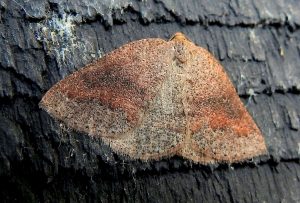 Drepanulatrix (probably foeminaria or monicaria)
Drepanulatrix (probably foeminaria or monicaria)
(Lep.: Geometridae )
Val George
Today, Val shows several young hatchling Banasa Stink Bugs on his raspberry canes:
 Banasa dimidiata (Hem.: Pentatomidae) Val George
Banasa dimidiata (Hem.: Pentatomidae) Val George
Marie O’Shaughnessy writes about amazing numbers of Sheep Moths in Uplands Park Thursday and Friday this week in one small area. I guess it’s called an “outbreak” – just like a rash. [Jeremy Tatum inserts: Yes, I saw large numbers along the Panhandle Trail, too.] Marie continues: These moths are so rich in colour and great subjects for photography, I can’t resist marvelling at this spectacle. Plenty of mating going on, though I couldn’t find any ovipositing yesterday among the 40 seen in the 45 minutes that I was there.
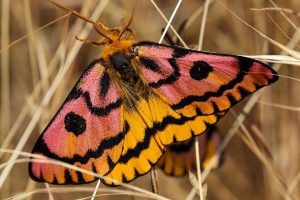 Sheep Moth Hemileuca eglanterina (Lep.: Saturniidae)
Sheep Moth Hemileuca eglanterina (Lep.: Saturniidae)
Marie O’Shaughnessy
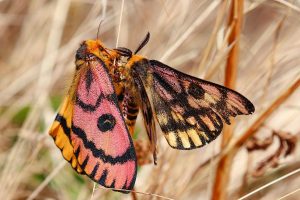 Sheep Moths Hemileuca eglanterina (Lep.: Saturniidae)
Sheep Moths Hemileuca eglanterina (Lep.: Saturniidae)
Marie O’Shaughnessy
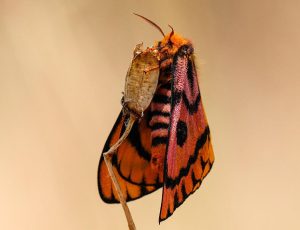 Sheep Moth Hemileuca eglanterina (Lep.: Saturniidae)
Sheep Moth Hemileuca eglanterina (Lep.: Saturniidae)
Marie O’Shaughnessy
Today, June 24, Jeff Gaskin found 2 Grey Hairstreaks in two separate locations. One was in front of 950 Mackenzie Avenue near Christmas Hill, and the other was at Rithet’s Bog. Also, at Rithet’s Bog were 10 European (Essex) Skippers, 1 Cabbage White, 15 Western Tiger Swallowtails, and 39 Lorquin’s Admirals. Nothing special at Christmas Hill except for 2 Cabbage Whites, 16 Lorquin’s Admirals, and 5 Western Tiger Swallowtails. Later this afternoon still on June 24, a Painted Lady was in my mom’s backyard in the Burnside/Gorge neighbourhood.
Among the dragonflies I saw, I had Cardinal Meadowhawks at both Christmas Hill and Rithet’s Bog. An Eight spotted Skimmer and Four spotted Skimmer were at Christmas Hill, as were a surprising number of Blue Dashers.
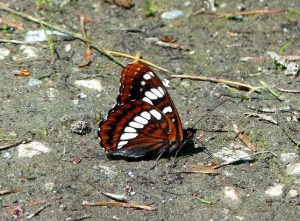 Lorquin’s Admiral Limenitis lorquini (Lep.: Nymphalidae)
Lorquin’s Admiral Limenitis lorquini (Lep.: Nymphalidae)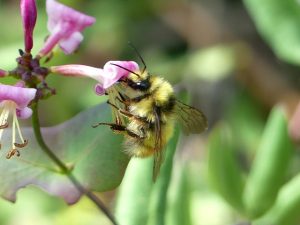 Male Bombus mixtus (Hym.: Apidae) Aziza Cooper
Male Bombus mixtus (Hym.: Apidae) Aziza Cooper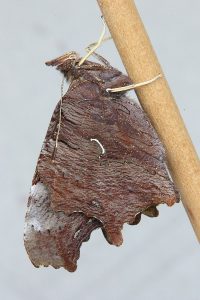 Female Satyr Comma Polygonia satyrus (Lep.: Nymphalidae)
Female Satyr Comma Polygonia satyrus (Lep.: Nymphalidae)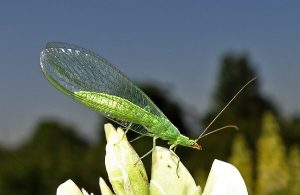 Chrysoperla rufilabris (Neu.: Chrysopidae) Ian Cooper
Chrysoperla rufilabris (Neu.: Chrysopidae) Ian Cooper
 Steatoda sp. (Ara.: Theridiidae) Ian Cooper
Steatoda sp. (Ara.: Theridiidae) Ian Cooper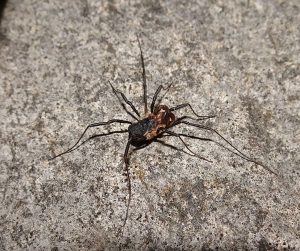 Protolophus sp. (Opiliones: Protolophidae) Ian Cooper
Protolophus sp. (Opiliones: Protolophidae) Ian Cooper Protolophus sp. (Opiliones: Protolophidae) Ian Cooper
Protolophus sp. (Opiliones: Protolophidae) Ian Cooper Common Pillbug Armadillidium vulgare
Common Pillbug Armadillidium vulgare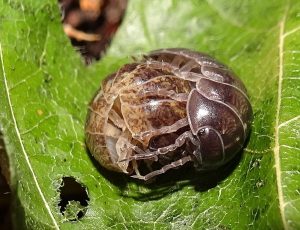 Common Pillbug Armadillidium vulgare
Common Pillbug Armadillidium vulgare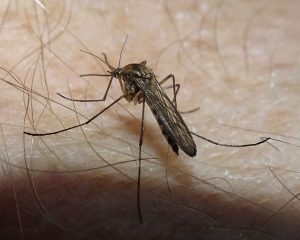 Mosquito (Dip.: Culicidae) Ian Cooper
Mosquito (Dip.: Culicidae) Ian Cooper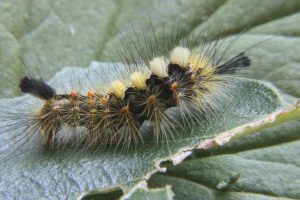 Orgyia antiqua (Lep.: Erebidae – Lymantriinae) Jeremy Tatum
Orgyia antiqua (Lep.: Erebidae – Lymantriinae) Jeremy Tatum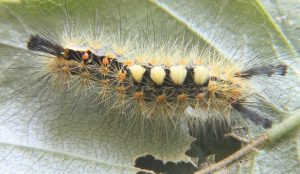 Orgyia antiqua (Lep.: Erebidae – Lymantriinae) Jeremy Tatum
Orgyia antiqua (Lep.: Erebidae – Lymantriinae) Jeremy Tatum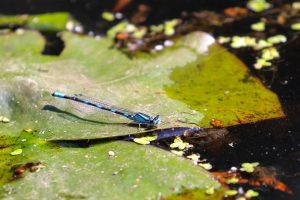 Male Tule Bluet Enallagma carunculatum (Odo.: Coenagrionidae) Marie O’Shaughnessy
Male Tule Bluet Enallagma carunculatum (Odo.: Coenagrionidae) Marie O’Shaughnessy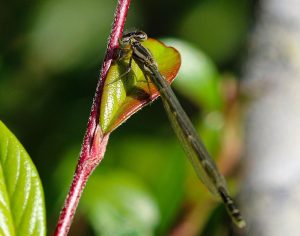 Female Tule Bluet Enallagma carunculatum
Female Tule Bluet Enallagma carunculatum Pacific Forktail Ischnura cervula (Odo.: Coenagrionidae)
Pacific Forktail Ischnura cervula (Odo.: Coenagrionidae)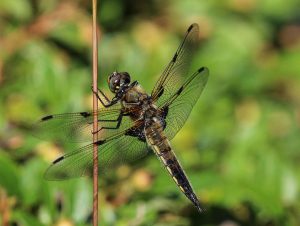 Four-spotted Skimmer Libellula quadrimaculata
Four-spotted Skimmer Libellula quadrimaculata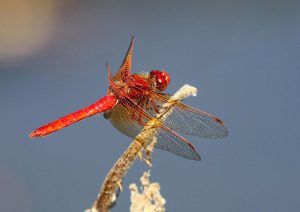 Cardinal Meadowhawk Sympetrum illotum (Odo.: Libellulidae) Marie O’Shaughnessy
Cardinal Meadowhawk Sympetrum illotum (Odo.: Libellulidae) Marie O’Shaughnessy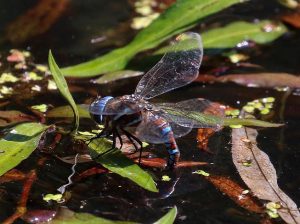 Blue-eyed Darner Rhionaeschna multicolor (Odo.: Aeshnidae) Marie O’Shaughnessy
Blue-eyed Darner Rhionaeschna multicolor (Odo.: Aeshnidae) Marie O’Shaughnessy Drepanulatrix (probably foeminaria or monicaria)
Drepanulatrix (probably foeminaria or monicaria) Banasa dimidiata (Hem.: Pentatomidae) Val George
Banasa dimidiata (Hem.: Pentatomidae) Val George Sheep Moth Hemileuca eglanterina (Lep.: Saturniidae)
Sheep Moth Hemileuca eglanterina (Lep.: Saturniidae) Sheep Moths Hemileuca eglanterina (Lep.: Saturniidae)
Sheep Moths Hemileuca eglanterina (Lep.: Saturniidae) Sheep Moth Hemileuca eglanterina (Lep.: Saturniidae)
Sheep Moth Hemileuca eglanterina (Lep.: Saturniidae)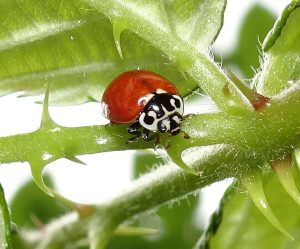 Western Blood-red Lady Beetle Cycloneda polita
Western Blood-red Lady Beetle Cycloneda polita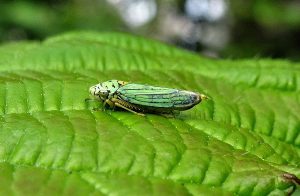 Blue-green Sharpshooter Hordnia atropunctata
Blue-green Sharpshooter Hordnia atropunctata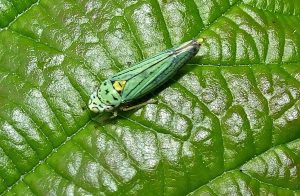 Blue-green Sharpshooter Hordnia atropunctata
Blue-green Sharpshooter Hordnia atropunctata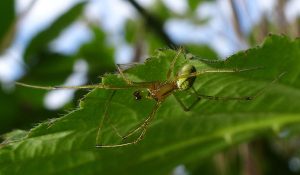 Enoplognatha ovata (or latimana) (Ara.: Theridiidae) Ian Cooper
Enoplognatha ovata (or latimana) (Ara.: Theridiidae) Ian Cooper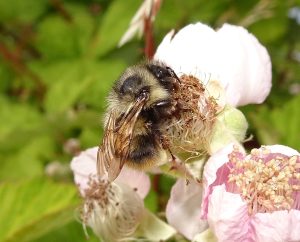 Worker Bombus mixtus (Hym.: Apidae) Ian Cooper
Worker Bombus mixtus (Hym.: Apidae) Ian Cooper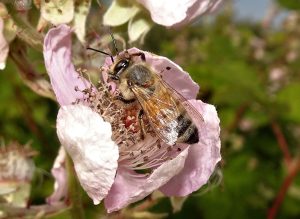 Honey Bee Apis mellifera (Hym.: Apidae) Ian Cooper
Honey Bee Apis mellifera (Hym.: Apidae) Ian Cooper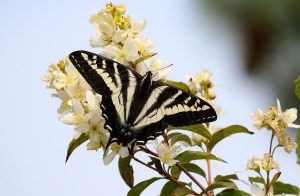 Pale Tiger Swallowtail Papilio eurymedon (Lep.: Papilionidae) Marie O’Shaughnessy
Pale Tiger Swallowtail Papilio eurymedon (Lep.: Papilionidae) Marie O’Shaughnessy